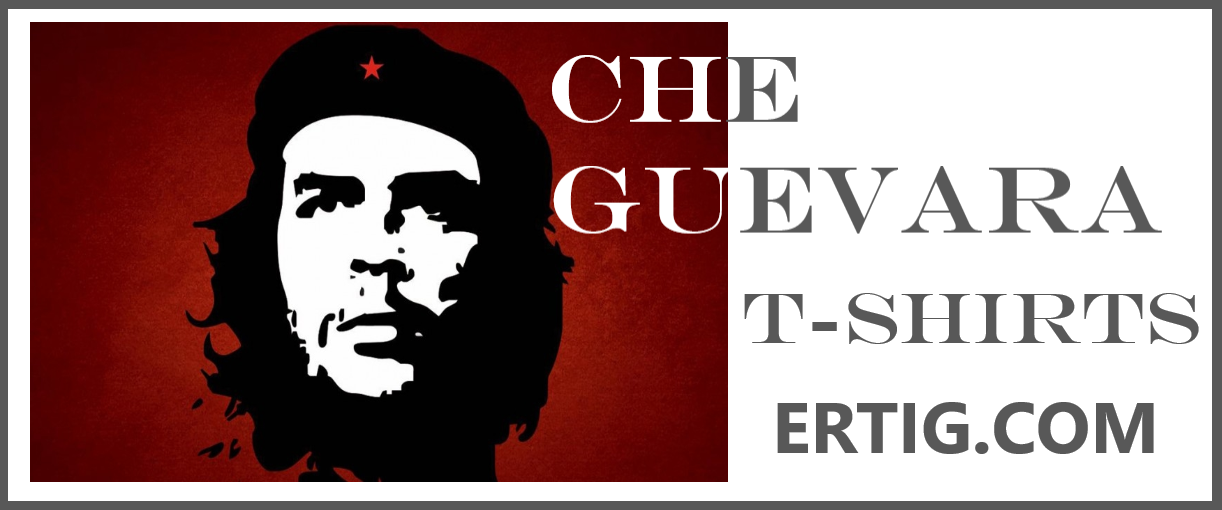INSUBCONTINENT EXCLUSIVE:
Navigation is a fundamental skill for any visually-capable organism, serving as a critical tool for survival
It enables agents to locate resources, find shelter, and avoid threats
In humans, navigation often involves mentally simulating possible future paths while accounting for constraints and alternative
However, modern robotic navigation systems are far less flexible
Furthermore, existing supervised visual navigation models struggle to allocate additional computational resources when facing more complex
navigation tasks.To address the abovementioned issues, in a new paper Navigation World Models, a research team from Meta, New York
University and Berkeley AI Research proposes a Navigation World Model (NWM), a controllable video generation model designed to predict
future visual observations based on past observations and navigation actions
This model enables agents to simulate potential navigation plans and assess their feasibility before taking action.NWM is trained using a
large dataset of video footage and navigation actions collected from various robotic agents
The model learns to predict the future representations of video frames, given the representations of past frames and corresponding
After training, NWM can plan navigation trajectories in new environments by simulating potential paths and verifying if they lead to the
target destination.Conceptually, NWM draws inspiration from recent diffusion-based world models, such as DIAMOND and GameNGen, which are
used for offline model-based reinforcement learning
However, unlike these models, NWM is trained on a wide range of environments and agent embodiments
By leveraging this diverse dataset, the researchers successfully trained a large diffusion transformer model that can generalize across
This generalization capability is a significant departure from previous models that are often constrained to specific environments or
tasks.NWM also shares conceptual similarities with Novel View Synthesis (NVS) methods like NeRF and GDC
capable of navigating across diverse environments
Unlike NVS approaches, NWM does not rely on 3D priors but instead models temporal dynamics directly from natural video data.A key technical
component of NWM is the Conditional Diffusion Transformer (CDiT), which predicts the next visual state given past image states and actions
Unlike a standard Diffusion Transformer (DiT), CDiT offers significantly better computational efficiency
Its complexity scales linearly with the number of context frames, allowing it to handle larger models with up to 1 billion parameters across
diverse environments and agent embodiments
This efficiency allows CDiT to require four times fewer FLOPs than a standard DiT, all while delivering superior future prediction
One notable experiment involved using NWM in unfamiliar environments, where it benefited from training on unlabeled, action-free, and
reward-free video data from the Ego4D dataset
Qualitatively, NWM demonstrated improved video prediction and generation on individual images
Quantitatively, it achieved more accurate future predictions on the Stanford Go dataset when trained with additional unlabeled video data
tasks.In summary, the Navigation World Model (NWM) represents a powerful leap forward for robotic navigation
Its ability to simulate, plan, and adapt to new constraints makes it a promising approach for building more autonomous and flexible robotic
systems.The project page is available here

